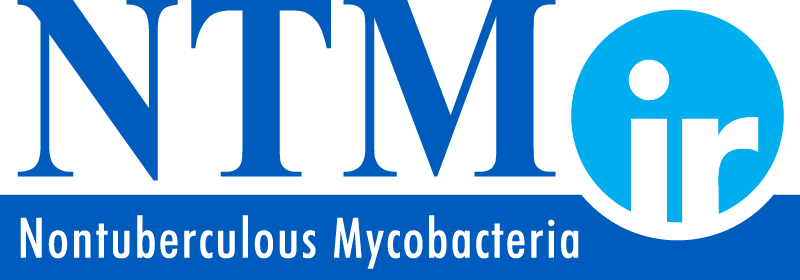Travel, particularly by airplane, can be burdensome for NTM patients who deal with medications through IV or inhalation, or who require supplemental oxygen. Thankfully, there are ways to make this much easier for you, your traveling companions, and any security personnel you will deal with along the way.
The Transportation Safety Association (TSA) has approved a wallet-sized printable card that you as a traveler can use to notify agents of any conditions or devices that would require special attention. This card fits in a wallet and says, “I have the following health condition, disability or medical device that may affect my screening” with a blank space to be filled in by the passenger. The cards do not exempt a passenger from screening.
Click here to download and print your TSA Notification Card.
You should also get a physician’s note/letter, explaining your medical issues and the medications and devices needed for them.
Medications & Liquids
According to the TSA, medications (including liquids and gels) are not subject to the 3-1-1 rule and are allowed through security. However, if they exceed the 3-ounce limit, the TSA requires that the medications be declared and screened in its own bin going through the X-ray machine. If you are traveling with medications, you must declare them to the TSA screening agent.
The TSA requires that medications be in the original containers, with the original labeling. For prescription medications, this means the pharmacy bottle and labeling. Over-the-counter medications must be in the bottle with the manufacturer’s label. Do not travel with medications in any other container, as TSA agents must be able to easily identify the items inside.
When going through security, the rules for carrying liquid medications and syringes are simple: labels and packaging. If you are carrying any kind of medical equipment, the screening agent must be notified. If you are carrying a liquid medication on the plane, the vials or preloaded syringes must be labeled clearly with the original pharmacy label. If you carry vials and need syringes, you may carry as many unused syringes as needed, but if you are carrying empty syringes you MUST have with you the liquid medication that they will be used for.
Medical Devices
Other medical devices including oxygen concentrators and nebulizers are also allowed through security and on airplanes, but are subject to standard screening procedures as well. Again, a notification card and/or physician’s note may help.
There is a long list of medically relevant devices and aids that are allowed through security, including mobility aids (wheelchairs, walkers, crutches) and gels or frozen liquids used to cool medications.
If you have a PICC line, you may wish to request a private screening. This is also where a notification card might come in handy, as you can discreetly notify the TSA agent that you have a medical device that cannot be removed.
Other Tips
It’s also helpful to note that airlines’ carry-on limits do not apply to medical supplies or equipment.
If you are still concerned that you might have trouble getting through security or need assistance, call both the airport and airline ahead of your departure to alert them that you will need special attention. If you experience any problems at the security check point, you can ask for a screening supervisor.
For more information on travel guidelines, and for contact information for the TSA if you have further concerns, click here to visit the TSA’s website.
